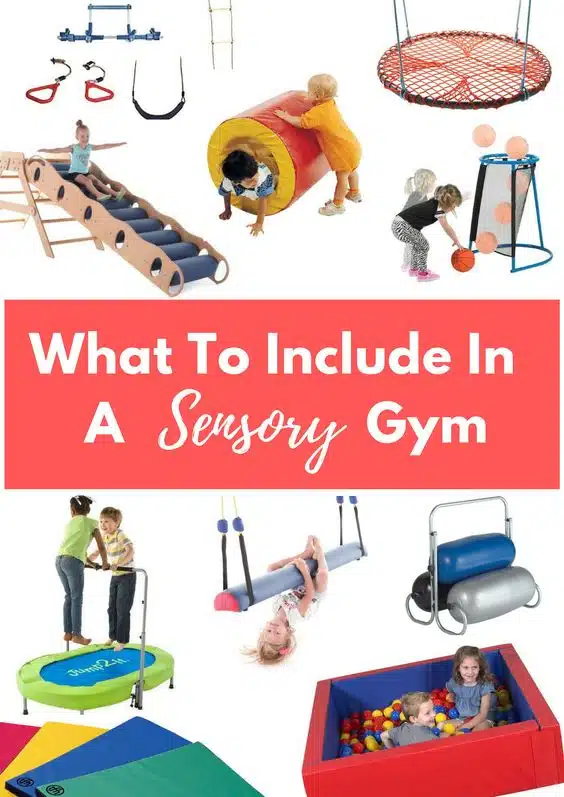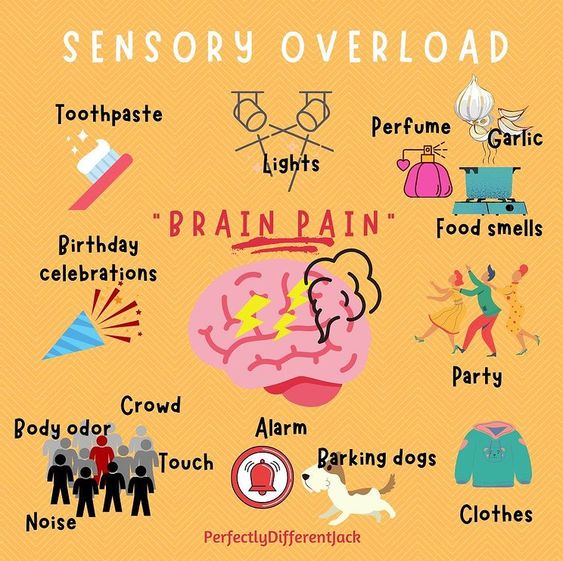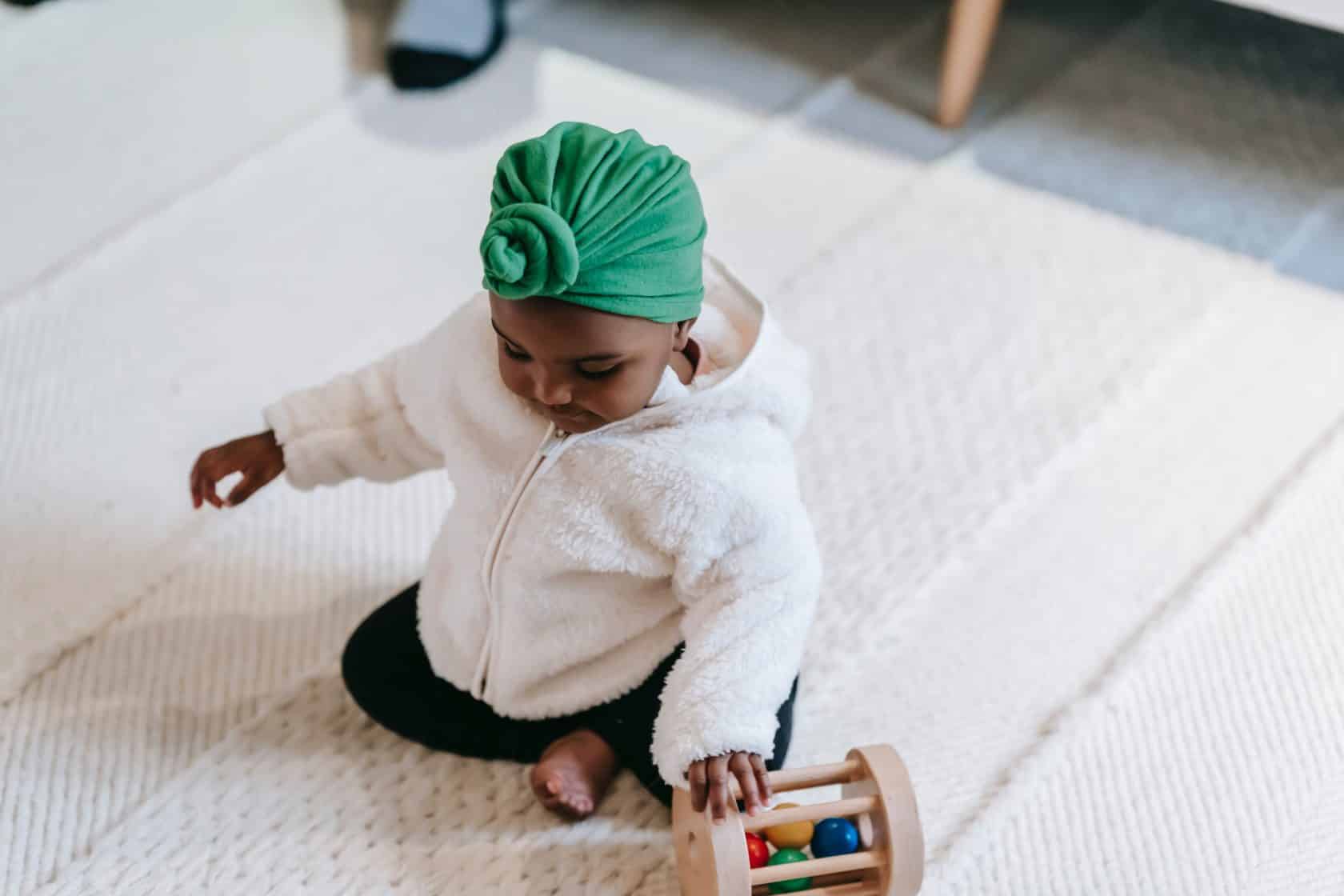Sensory learning operates on the principle that children learn best when they engage their senses. This approach is especially valuable for kids with special needs as it taps into their unique ways of experiencing the world.
- Multisensory Engagement: Sensory learning combines different sensory experiences to boost learning. For instance, using textured materials during lessons can enhance understanding by adding touch to visual input.
- Personalization: Tailoring activities to a child’s sensory preferences helps them engage more effectively. Some kids might prefer quiet spaces with dim lighting, while others thrive in more vibrant environments.
- Emotional Connection: Sensory experiences can create stronger emotional connections to learning, making information more memorable and meaningful.
- Calming Influence: Sensory activities can have a soothing effect, helping children regulate emotions and focus better on tasks.
- Real-world Learning: Connecting lessons to real-world sensory experiences makes abstract concepts more concrete. For instance, learning about seasons can involve feeling different textures related to each season.
- Enhanced Memory: Involving multiple senses improves memory retention. Adding scents, sounds, or movement to learning can aid in recalling information.
Sensory learning taps into children’s natural ways of exploring and understanding, promoting active engagement, personal connection, and effective learning experiences. Goally, a tablet tool, applies sensory learning to aid kids with special needs in developing life and language skills. With interactive apps like digital schedules, emotional tools, and social skills training, Goally adapts to sensory preferences, fostering engaging learning experiences.











